Takayama Hida Folk Village
If you read this blog at all regularly, you’ll know that I particularly enjoy visiting historic buildings: the more authentic the better. That’s why one of my goals in visiting Takayama, Japan, was to see the Hida Folk Village just outside town.
Disclosure: This article contains affiliate links. If you buy anything through them, I will receive a small commission. It will not affect your price.
Hida Folk Village in Takayama
The Hida region around Takayama is mountainous, so the traditional buildings generally have thatched or shingle roofs, peaked steeply so snow won’t build up too much. In the 1970s the region was modernizing rapidly and traditional houses were disappearing. More than 30 of these Hida traditional houses have been moved to form this open-air museum in Takayama.
Set in the foothills, surrounded by forest, it’s easy to imagine this as a living village. Visitors can choose a wheelchair-accessible 15-minute route, a short 30-minute route, a one-hour route, or add a climb up the mountain to see some castle ruins, if they have more time and energy. I chose the one-hour route and thoroughly enjoyed poking around these beautifully-preserved houses.
Hida Folk Village farmhouses
Most of them were originally farmhouses, but ranged from very basic to more highly-decorated and polished, and they are set up so that visitors can see how each room was used. A small hearth set into the floor in the middle of each living space offered warmth, and the museum keeps some wood burning in each home so that we can more clearly imagine how the home must have smelled.
The ceilings are generally low, except on upper floors, and most of the floors are made of polished wood planks, sometimes covered with tatami mats, sometimes bare. As is traditional to this day in Japan, I was expected to take off my shoes on entering each house. In this Takayama museum, I was happy to do so: the old wood I walked on seemed to have personality of its own. I felt the patina with my bare feet, felt the boards that bent under my weight, and heard them creaking with age.

In general, the houses are unfurnished, though here and there various implements are on display: farm tools or equipment for crafts such as weaving or raising silkworms. In any case, historically they wouldn’t have had furnishings in a Western sense: tatami mats on the floor; futons, which the residents would roll up and put away during the day; cushions to sit on; and perhaps a low table or two would have been all the furnishings. Every house, though, had an altar, usually in a built-in cupboard, some more ornate than others.
You might also enjoy:
Showcasing traditional crafts in Takayama Hida Folk Village
Part of the goal of this open-air museum is to preserve cultural traditions as well as buildings. In one of the houses an old man worked, weaving straw into sandals. In another, a woman operated a loom. In another, a woman sewed small dolls. Each one greeted me as I entered, but then went quietly back to work. For a price, any craft that was being demonstrated could also be tried out, which would make it a fun museum for children.
While most of the buildings were farmhouses, I also visited a mill building, a temple, and various small outbuildings and storehouses, all saved from destruction or deterioration in the surrounding region. It took me distinctly more than the suggested hour – I would guess about two hours or more – because I was so busy soaking in the atmosphere of the place. That feeling was enhanced by the fact that, while there were other visitors, there were no tour groups with loudspeakers to amplify the tour guide’s voice or generally disturb the peace.
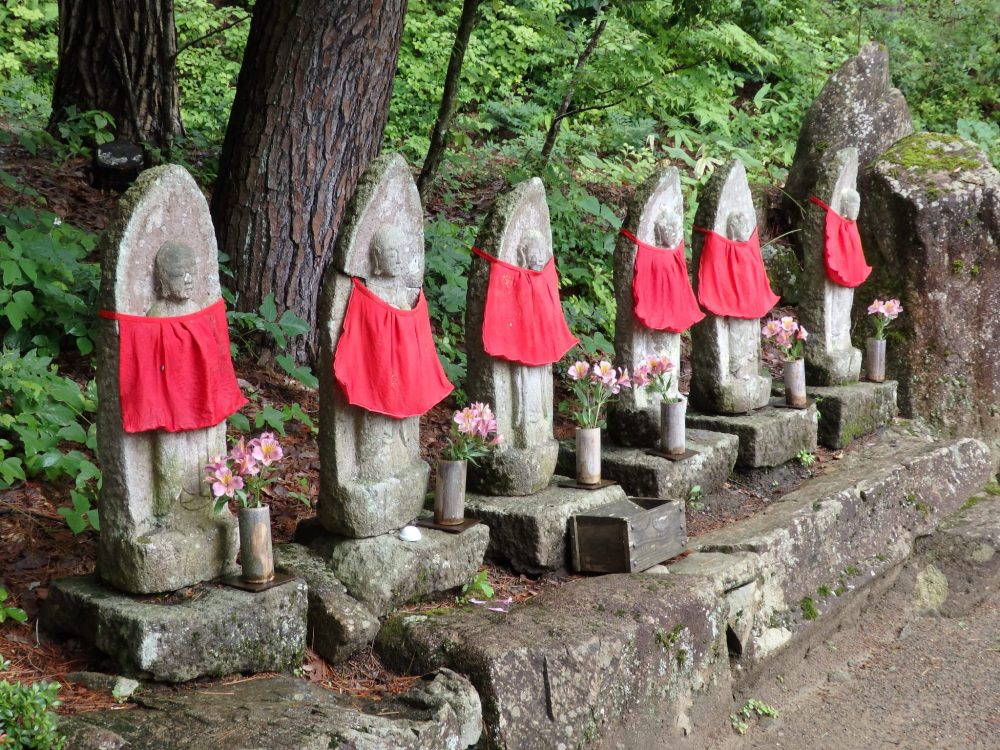
It must not be a very popular or well-known place to visit, compared to other sites in Takayama. This museum deserves more attention, but I was glad for its obscurity when I visited.
Visiting Takayama Hida Folk Village
Hida Folk Village is a 20-30 minute walk from JR Takayama train station, or you can take the bus from the bus station next to the train station. That will take about 10 minutes.
Hida Folk Village: Open 8:30-17:00. Admission: ¥700 (about €4.30 or $4.70). Website.
Alternatively, you can sign up for a half-day tour that includes both the folk village and the living village of Takayama.
Book your accommodations in Takayama.
Last updated October 16, 2024.
Do you enjoy open air museums like this as much as I do? Can you recommend any? Add a comment below! And if you do Pinterest, please share the pin below!
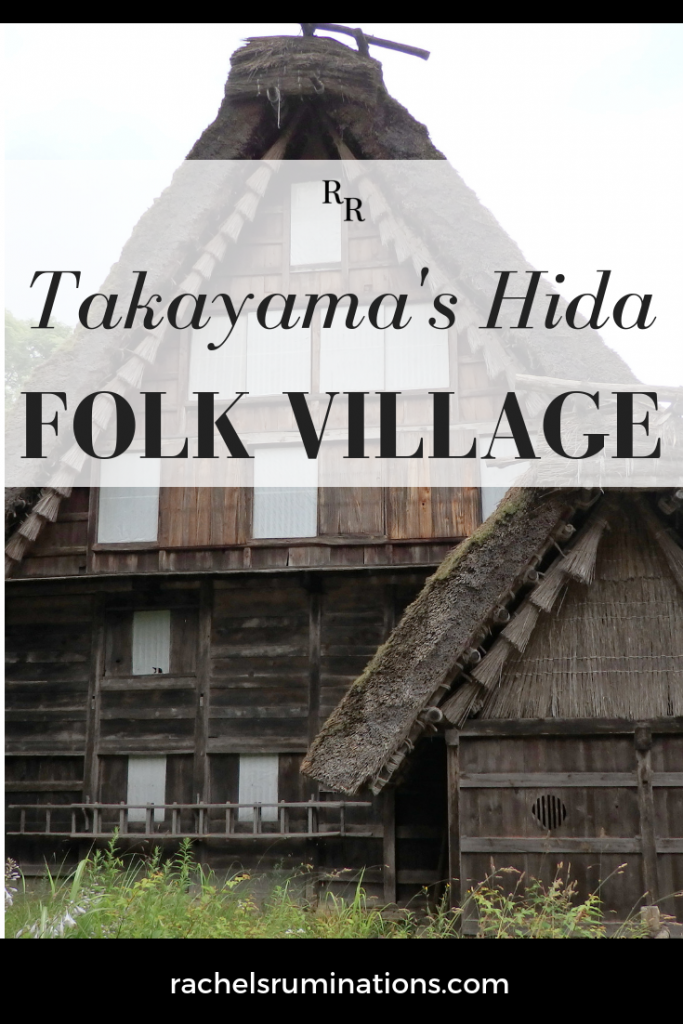
My travel recommendations
Planning travel
- Skyscanner is where I always start my flight searches.
- Booking.com is the company I use most for finding accommodations. If you prefer, Expedia offers more or less the same.
- Discover Cars offers an easy way to compare prices from all of the major car-rental companies in one place.
- Use Viator or GetYourGuide to find walking tours, day tours, airport pickups, city cards, tickets and whatever else you need at your destination.
- Bookmundi is great when you’re looking for a longer tour of a few days to a few weeks, private or with a group, pretty much anywhere in the world. Lots of different tour companies list their tours here, so you can comparison shop.
- GetTransfer is the place to book your airport-to-hotel transfers (and vice-versa). It’s so reassuring to have this all set up and paid for ahead of time, rather than having to make decisions after a long, tiring flight!
- Buy a GoCity Pass when you’re planning to do a lot of sightseeing on a city trip. It can save you a lot on admissions to museums and other attractions in big cities like New York and Amsterdam.
Other travel-related items
- It’s really awkward to have to rely on WIFI when you travel overseas. I’ve tried several e-sim cards, and GigSky’s e-sim was the one that was easiest to activate and use. You buy it through their app and activate it when you need it. Use the code RACHEL10 to get a 10% discount!
- Another option I just recently tried for the first time is a portable wifi modem by WifiCandy. It supports up to 8 devices and you just carry it along in your pocket or bag! If you’re traveling with a family or group, it might end up cheaper to use than an e-sim. Use the code RACHELSRUMINATIONS for a 10% discount.
- I’m a fan of SCOTTeVEST’s jackets and vests because when I wear one, I don’t have to carry a handbag. I feel like all my stuff is safer when I travel because it’s in inside pockets close to my body.
- I use ExpressVPN on my phone and laptop when I travel. It keeps me safe from hackers when I use public or hotel wifi.


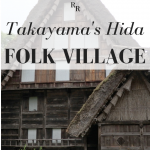

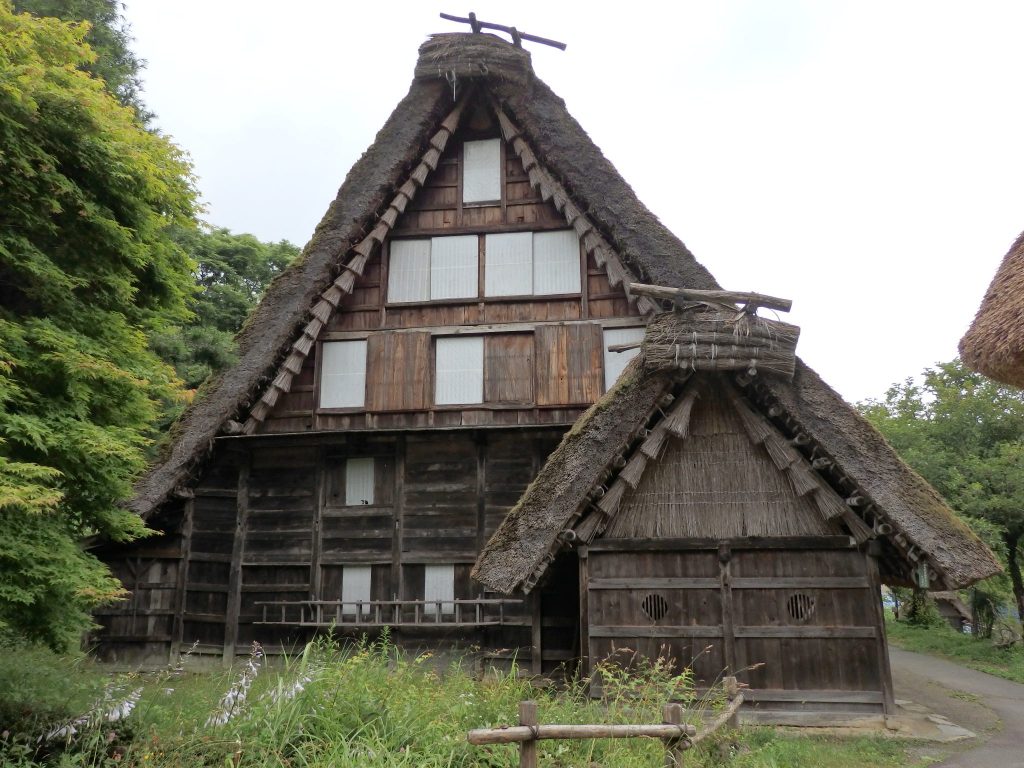
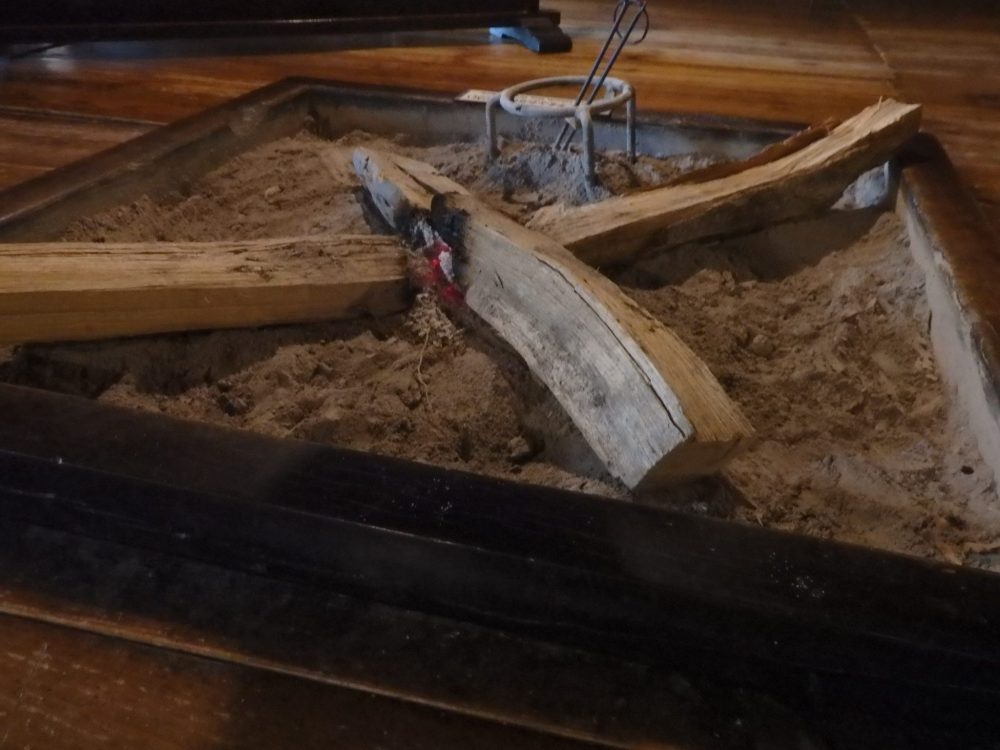
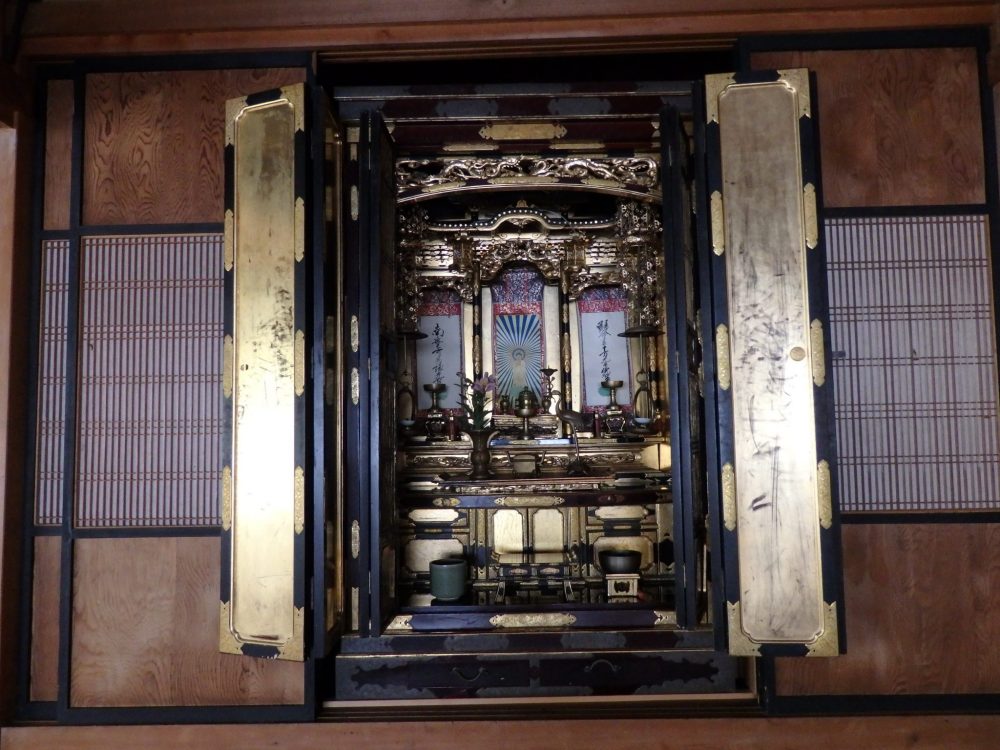
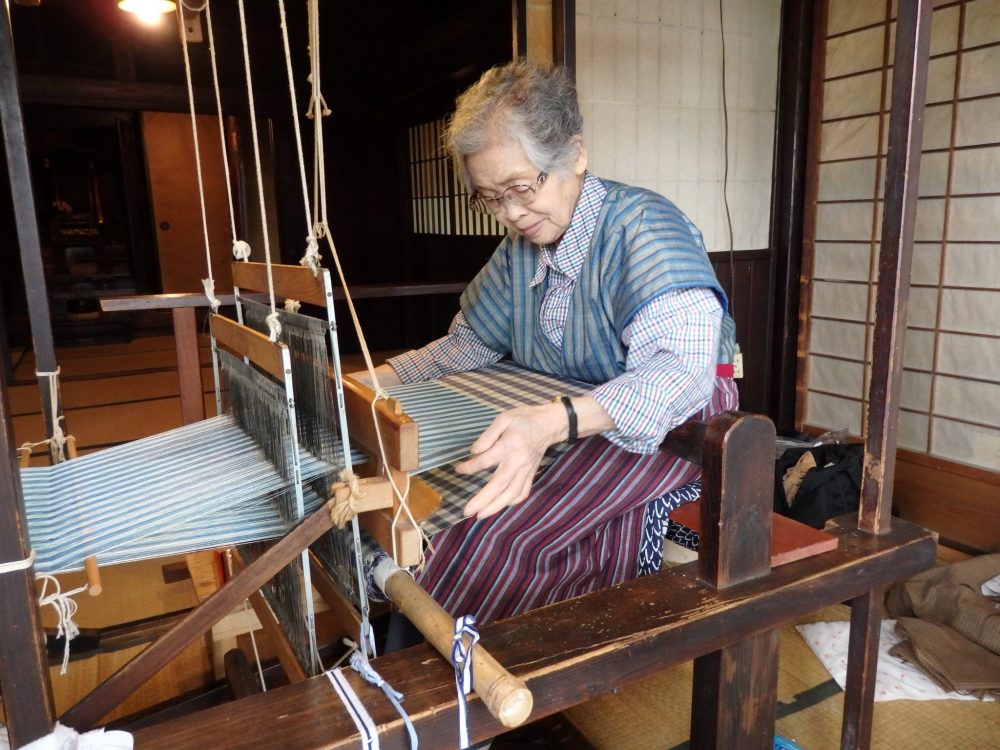

Rachel: I agree that these gassho-zukuri are wonderful. I took the bus (public one) through the mountains and visited the towns with these picturesque thatched homes. I also saw the museum which was great for explaining the history and tradition.
If I’d had more time I would have enjoyed traveling through the mountains and seeing what remains of the traditional architecture, as well as the beautiful scenery. But this was a good way to get an idea of it in one day.
If I return to Japan I’d love to visit this folk village. Such a contrast to the modern cities!
Everyone associates Japan with big cities, but there is a lot of countryside and beautiful national parks as well. Visiting Hida Folk Village in Takayama is a nice shortcut if you don’t have time to really explore the surrounding area.
Takayama Hida Folk Village looks like the place I love to visit. A look at history and everyday life. The setting is beautiful. I loved your description of the feel of the wood floors.
Thanks, Donna! It’s something I never noticed before my trip to Japan because in most places it would be frowned upon to take off your shoes!
I went to Takayama to see the fall harvest festival and it was really amazing. So unfortunately I had to cut out the open air museum and this is also a wonderful experience. THanks for taking us there this morning.
Glad you enjoyed it! A harvest festival sounds like fun!
Hi Rachel – while I’ve been so impressed with the different experiences you chose on your trip to Asia, this might be my favorite. I, too, would have loved to feel the worn wooden patina through my bare feet and inhaled the smoky atmosphere. Such a tranquil spot and the residual energy of those who have gone before contributed greatly, I’m sure. Beautiful.
Thank you, Betsy! That means a lot to me, especially from you!
Until you mentioned it, I wasn’t familiar with the concept of open-air museums. I just realized that I visited one in Ecuador:-)
I love open-air museums! There are several interesting ones here in Holland too.
Like you, we try to take the longer, slower tours to absorb all the information we can. In a living museum it seems that a lot of the experience comes not only visually but from the textures you described and even the smells. I think this tour would be absolutely fascinating and hope to visit Takayama Hida Folk Village sometime.
Yes, especially when the museum is set up this way, where it looks like a real village, rather than just a collection of old houses. It leaves less to the imagination.
I love the look of these old houses. I see how a person could lose track of time here.
I like these kind of museums, too. There are a few folk villages in Korea. I haven’t been in a while, but if I remember correctly you can’t actually enter any of the buildings. I think going in actually makes it more interesting and memorable.
Yes, it’s unusual to be allowed to enter the buildings as freely as at this one. Or if you can, it’s only to walk a designated path and the rest is blocked off with ropes, which ruins the view of the rooms.
I have always enjoyed visiting open-air museums. The Hida Folk Village in Takayama, Japan, has duly been added to my to-do list.
Definitely worth a visit, and there are other things to see in Takayama too!
Takayama’s Hida Folk Village seems like a great way to learn about these traditional houses. I love visiting these types of places, I find it’s a perfect way to learn about history outside the classroom.
Agreed. I have very little patience for items in glass cases in museums, but set up this way, so that you can form a real image of life in these houses, I can spend hours.
When we visited Japan, I hoped to visit one of these old home open air museums such as Takayama’s Hida Folk Village, but Father Time intervened—and not in a good way. I’ve been to the granddaddy open air museum in the US, Williamsburg, Virginia and we also visited Sturbridge Village in Massachusetts. As an unrepentant history geek, I always take longer than the recommended time too.
I grew up in Connecticut, so I went to Sturbridge often as a kid on school trips and such. Maybe that’s where my interest started? And Williamsburg is wonderful as well! I also like Mystic Seaport, which adds the romance of ocean-going ships to the mix .
WOW I’m glad you went to this folk village! I went there during the winter when it was covered in snow. You can just sit there all day and stare at the view when it’s covered in snow! 😀
That must be beautiful! But cold! I much prefer sightseeing when it’s warmer than that. Which makes me think that fall would be perfect: not too hot, not too cold, and lovely, with the changing leaves!